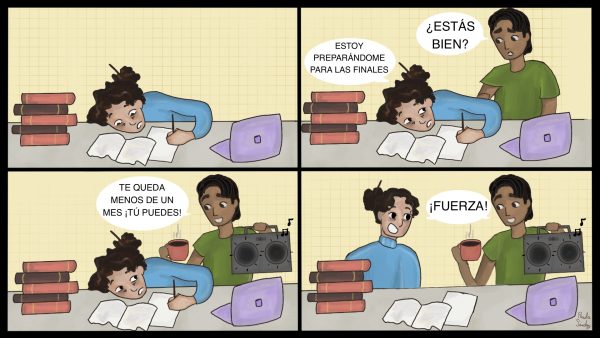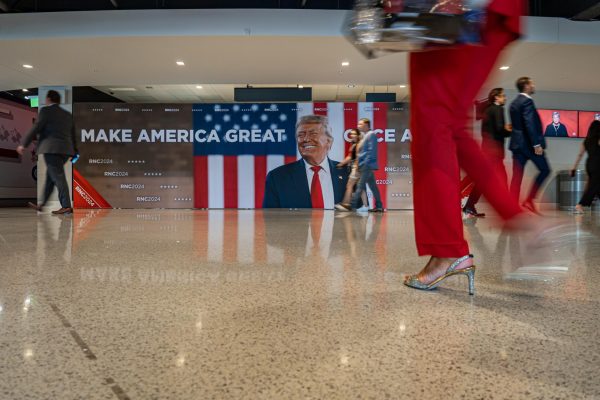Columbia absorbs transfers with ease
February 8, 2010
Transfer students entering a new college often face difficulties that continuing students don’t have to deal with. Transferring credits and financial aid information while trying to adjust to a new atmosphere doesn’t always happen seamlessly.
Transfer students account for a significant amount of the student body at Columbia. According to the official Fact Book, 11 percent of students at Columbia were new transfer students in fall 2009, which is a large portion of our student body when compared to other schools. Because of this high rate, Columbia’s attitude toward transfer students is welcoming and accommodating. The college accepts many transfer credits and most students experience an easy transition from their previous schools.
Columbia has a very upfront, straightforward policy regarding credit transfer and acceptance that is clearly outlined on its Web site. It shouldn’t be a surprise to any student looking to transfer to Columbia if their credits will be accepted or not.
The college accepts up to 88 credit hours, meaning a student must take at least 32 credit hours at Columbia to graduate. According to the official policy, “Developmental, Adult Education, Continuing Education, ESL, Internships, Independent Study, Topics, Workshop or Seminar courses are not transferable.”
One thing the college should consider altering in its policy is accepting introductory level major courses as credit toward a major at Columbia. Many schools that students transfer from have similar introductory courses and if a student can prove a completed course covered the same material, it should count toward their major and not as a miscellaneous elective.
The college does take measures to make the transition of these students happen smoothly by having them attend orientation with new, incoming students before the start of fall semester. This is beneficial so transfer students can become acclimated to Columbia’s unique style, culture and location. As a result, the student body becomes more united, creating the strong arts community the college is known for.







